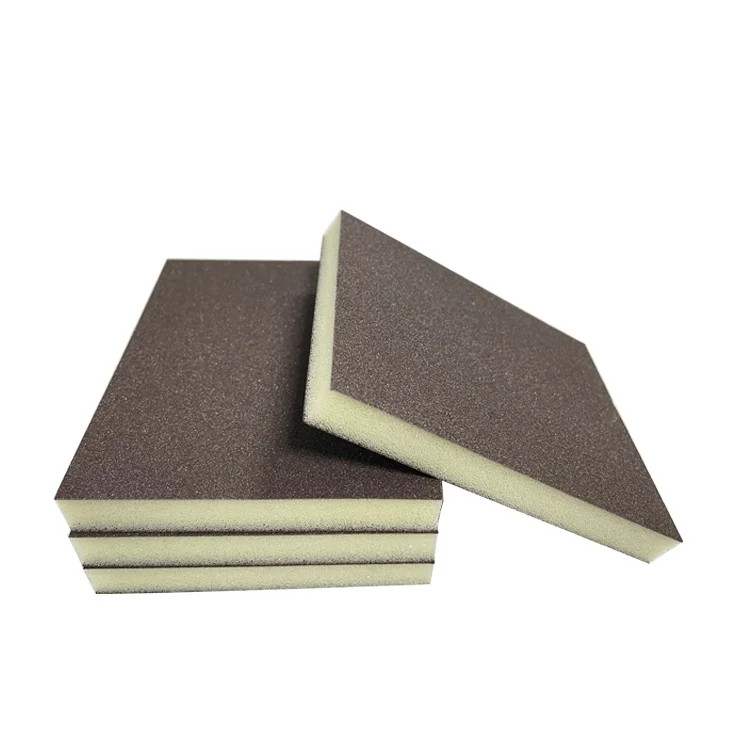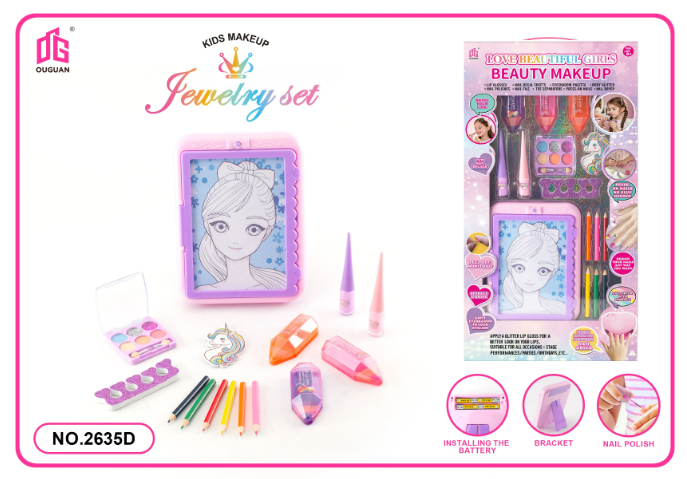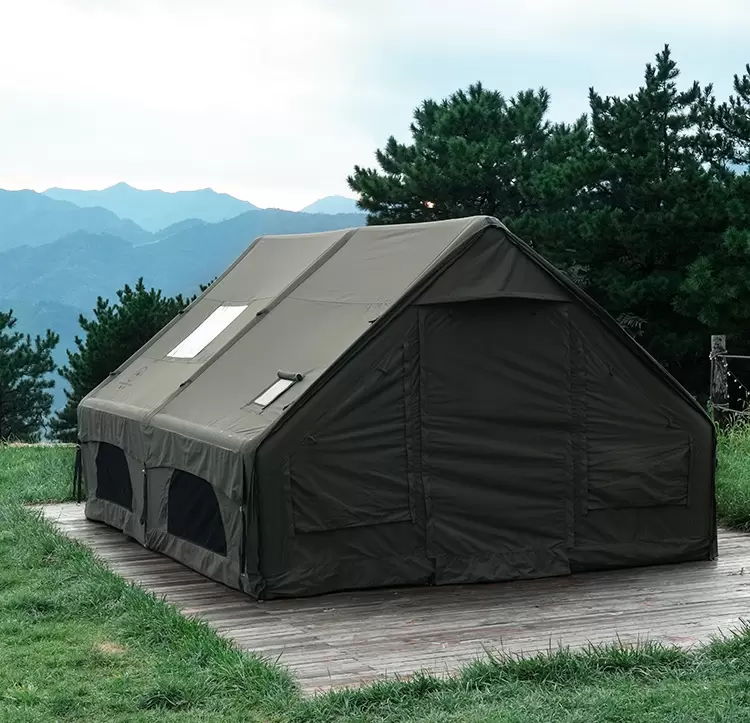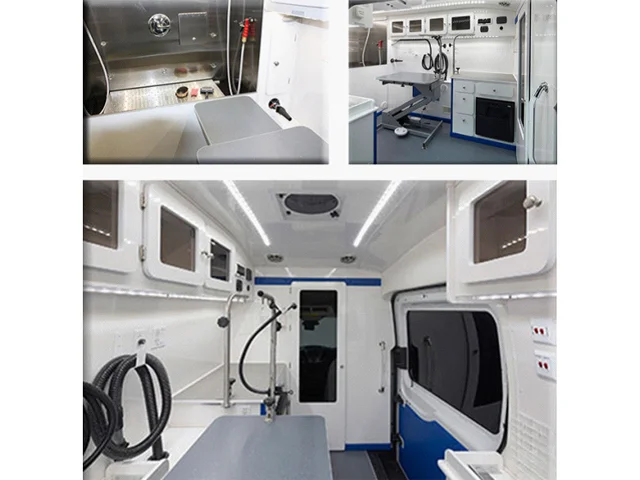The Great Debate: Hanging vs. Folding Clothes for Optimal Space Management
When it comes to organizing our wardrobes, a common dilemma arises: is it better to hang or fold clothes to save space? This question not only touches on aesthetics but also on practicality, fabric care, and space optimization. In this article, we will delve into the advantages and disadvantages of both methods, providing you with a comprehensive guide to help you make an informed decision tailored to your specific needs.
Understanding the Basics: Hanging vs. Folding
Before we explore the nuances of each method, it’s essential to understand the fundamental differences between hanging and folding clothes.
- Hanging Clothes: This method involves using hangers to suspend garments in a vertical position. It is commonly used for items like dresses, blouses, and suits that benefit from gravity's assistance in maintaining their shape.
- Folding Clothes: Folding entails neatly stacking garments, typically in drawers or on shelves. This method is often employed for t-shirts, jeans, and sweaters, which can be bulky and take up significant space when hung.
Space Efficiency: Which Method Reigns Supreme?
Hanging Clothes: Pros and Cons
Pros:
- Maximized Visibility: Hanging clothes allows for easy visibility and access, making it simpler to choose outfits without rummaging through piles.
- Reduced Wrinkles: Hanging can help prevent wrinkles, particularly in delicate fabrics like silk or linen, which can be easily damaged by folding.
- Air Circulation: Hanging garments can promote air circulation, reducing the risk of musty odors, especially in humid environments.
Cons:
- Space Consumption: Hanging clothes can take up more vertical space, which may not be ideal for smaller closets. A densely packed wardrobe can lead to overcrowding and difficulty in accessing items.
- Limited Capacity: Depending on the size of your closet and the type of hangers used, you may find that hanging clothes limits the number of items you can store.
Folding Clothes: Pros and Cons
Pros:
- Space-Saving: Folding clothes can maximize horizontal space, allowing for more items to be stored in a compact area. This is particularly beneficial for small closets or drawers.
- Versatility: Folded clothes can be easily organized by type, color, or season, making it simpler to maintain an orderly wardrobe.
- Protection for Heavy Fabrics: Heavier items like sweaters or jeans can lose their shape when hung, making folding a more suitable option for these garments.
Cons:
- Wrinkle Risk: Folding can lead to creases and wrinkles, especially if clothes are packed tightly or left folded for extended periods.
- Limited Visibility: Stacking clothes can make it challenging to see all your options at a glance, potentially leading to a less efficient selection process.
The Best of Both Worlds: Hybrid Approaches
To optimize space and garment care, many individuals find success in a hybrid approach. Here are some strategies to consider:
- Categorize by Fabric Type: Hang delicate fabrics that wrinkle easily and fold sturdier items like jeans and sweaters. This method allows you to leverage the benefits of both techniques.
- Use Multi-Tiered Hangers: For items that can be hung, consider using multi-tiered hangers to maximize vertical space while keeping garments organized.
- Implement Drawer Organizers: For folded clothes, use drawer organizers to maintain order and prevent items from toppling over, allowing for better visibility and access.
- Seasonal Rotation: Store off-season clothing in vacuum-sealed bags or bins to free up space for current wardrobe items. Hang or fold according to the season’s needs.
Conclusion: Making the Right Choice for You
Ultimately, the decision to hang or fold clothes to save space depends on various factors, including the type of garments, available storage space, and personal preferences. By understanding the pros and cons of each method and considering a hybrid approach, you can create a wardrobe that is not only space-efficient but also functional and aesthetically pleasing.




